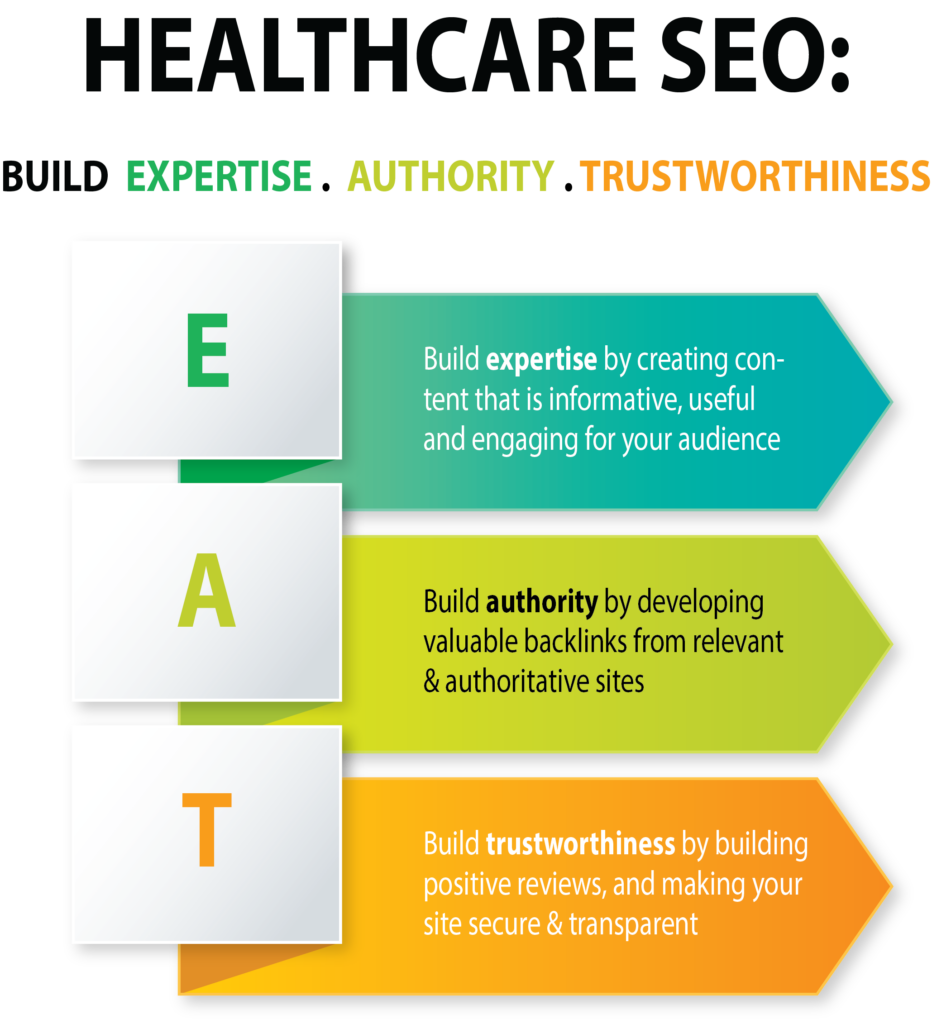
The Covid-19 pandemic seems surreal and straight out of a science fiction scenario. However, as a wise person said, “It is during our darkest moments that we must focus to see the light.” As we struggle to adapt to the realities of shutdowns, shelter-in-place, work-from-home, or closed-for-business scenarios, remember that shutting down all marketing activities can become a liability when our lives go back to normal. You want to be prepared to ensure top-of-mind brand awareness when demand resurges. So, gather your energy and focus on tasks that can help you help your customers today and tomorrow when the clouds give way to sunshine.
- Communicate with your customers – Intimate your customers about what they can expect from your business. Are you shut down for business? Are you open for business virtually? Or is it business, as usual? Pick up the phone and contact your customers. Post updates on your website and social media channels. Create a video with updates and send it to your clients via email – a personalized message works wonders and your customers will be relieved to hear your planned approach directly from you or your team.
 We recently created a COVID-19 communication plan for our healthcare client, helped them transition to online visits, and then reached out to their patient base as well as prospective audience to let them know about their new service. As part of the communication plan, we designed visuals, videos, door signs, updated the website with updated content, created Q&A documents, and communicated through all owned and earned channels.
We recently created a COVID-19 communication plan for our healthcare client, helped them transition to online visits, and then reached out to their patient base as well as prospective audience to let them know about their new service. As part of the communication plan, we designed visuals, videos, door signs, updated the website with updated content, created Q&A documents, and communicated through all owned and earned channels.
- Study successful competitors –A slowdown is a perfect opportunity to examine how industry leaders and competitors create unique value propositions as well as business growth strategies and reevaluate your own against those. Is there something you could learn about product positioning, pricing, promotional strategies, places they operate in, and the way they manage their people. Shutdown is a perfect time to reassess your business strategies. A business-savvy client of ours, who operates a transportation logistics and luxury transportation service, is studying how Uber managed to come a long way from being a cab aggregator in 2009. And what better time to adjust your strategies than during a downtime when you have the luxury of time on your side?
- Evaluate your content strategy – No matter which vertical you are in, content is the king of marketing and consistency is the queen! So during the slowdown, take a step back, reassess buyer personas, funnel strategy, and content pieces that plug into the funnel. Pull your email, paid and social engagement numbers to see what’s worked in pulling in leads and sales. Channel efforts that work better than others. Repurpose old blogs that got you traction in the past. Here are 5 strategies on how to repurpose old content.
- Build Proof Points – This current crisis will pass. Prepare so you can put your best foot forward when customers begin seeking products and services. Collect data, get testimonials, and create case studies. Create brand videos that tell your story. Create product demo presentations that will fuel your sales. You may not be inclined to investing in a full-scale website rehaul but certainly consider updating your website with current content.
- Continue to create brand affinity content and stay active on social media – This may not be the best time to market your products or services. Focus instead on building your brand voice and brand awareness. Inspire people to dream about the future. Ask your customers to create wish lists that you can incorporate into your offerings. Finally, leave them with positive vibes.
As Haruki Marukami said in Kafka on the Shore:
And once the storm is over you won’t remember how you made it through, how you managed to survive. You won’t even be sure, in fact, whether the storm is really over. But one thing is certain. When you come out of the storm you won’t be the same person who walked in. That’s what this storm’s all about.
So be transformed and be ready when the storm passes. Because it will.
Let us know how your marketing team is doing during the COVID-19 crisis to be prepared for the present and the future!




